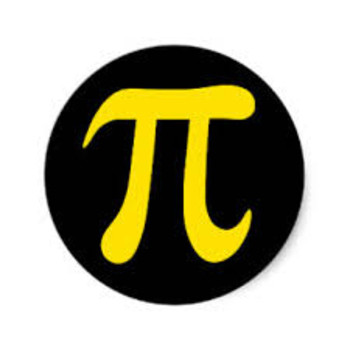Question #fea46
2 Answers
A fraction is a quicker and easier way of writing a division, especially in the algebra which lies ahead.
Explanation:
Writing a division as a fraction is a more useful way of showing the division. They mean exactly the same thing!
As you work more and more with Algebra you will find that you use the
Something to think about!
Explanation:
A fraction is something that has been so much a part of my life for so long that I have not really given much thought to this question.
Consider what a fraction is:
The size indicator is how many of what you are counting it takes to make a whole.
The line's prime function is to separate the two numbers. Its very existence and agreed format also tells us that we to consider the relationship between the two numbers in a particular way. That we are counting parts of a whole and declaring the size of what we are counting.
'~~~~~~~~~~~~~~~~~~~~~~~~~~~~~~~~~~~~~~~~~~~~~~~~~
The problem comes from the tendency and convention to disregard something. Let me explain:
It is all to do with ratio and I wish to demonstrate this using a right triangle
.
If you are familiar with a little trig consider the value (ratio) of
Suppose we were to change the 3 into 1 we have:
People do not bother to write the 1 so you end up with just
This is actually saying we have
However there is a tendency for people to say divide the 3 into 4 and you get
Looking at a fraction, say
'~~~~~~~~~~~~~~~~~~~~~~~~~~~~~~~~~~~~~~~~~~~~~~~~~~~~~~~~~


